Shazeb Arif Shaikh, on the role of ephemera in the life of a curator & the lifelong pursuit of learning.
If someone has taught us to go through life without blinkers, a bit wilder, more insane and anyway, even if you already know your boundaries, then it was certainly our Indian guest curator Shazeb A. Shaikh. With his Blackout Festival in Autumn 2015, he has people from all corners of Switzerland, Europe and from all over the world in our space. And a festival was launched, which also included the garden, the barracks yard and other project areas in Basel as part of the Festivities. The festival, which had its beginning in Mumbai and was spread over the digital network worldwide, also continues to live on the Swiss edition. This is how we see this cross-divisional offer and the non-conformist approach as motivation and driving force for our exhibition space.
As appeared in the introduction of Ausstellungsraum Klingental’s 2015 annual report to the city of Basel. (Translated as is by Google)
Shazeb won a five month curatorial residency project in Basel, Switzerland, in 2015. His project #BlackoutBasel was selected as the winning proposal from India. The project was hosted by Pro Helvetia with the aim to foster cultural relations between Switzerland and India. He set out to create an orbital shift in how a festival is perceived and experienced. Incidentally, #BlackoutBasel was envisioned to erase the line between the gallery and the public space, the artist and the audience. When Shazeb flew back home with a preeminent luminous testimonial from his Swiss partners, he also carried a tectonic drive to match.
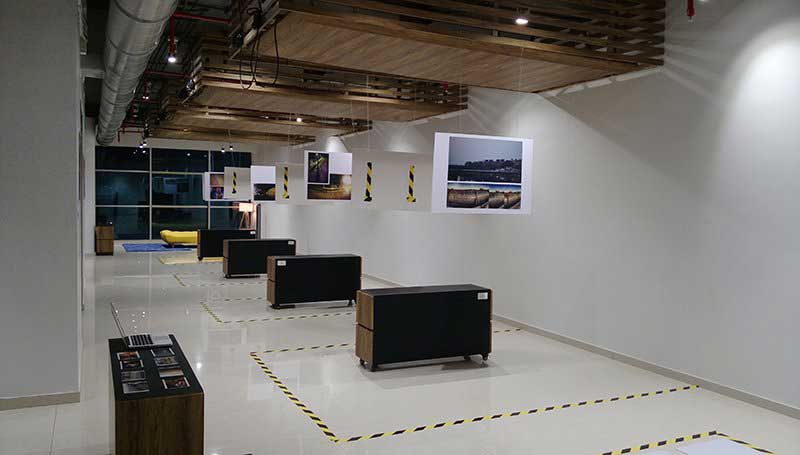
Shazeb Arif Shaikh has no empathy for the conceptual difficulty of setting out to build something that no one else has the audacity to aspire to. He thinks in unthinkable scale and also has the skills to bring the right stakeholders together. Brokering relationships and amassing a network of over 4000 artists from all corners of the globe; his journey is proof that once the vision and processes are understood, it unlocks near-reverent appreciation of a higher level.
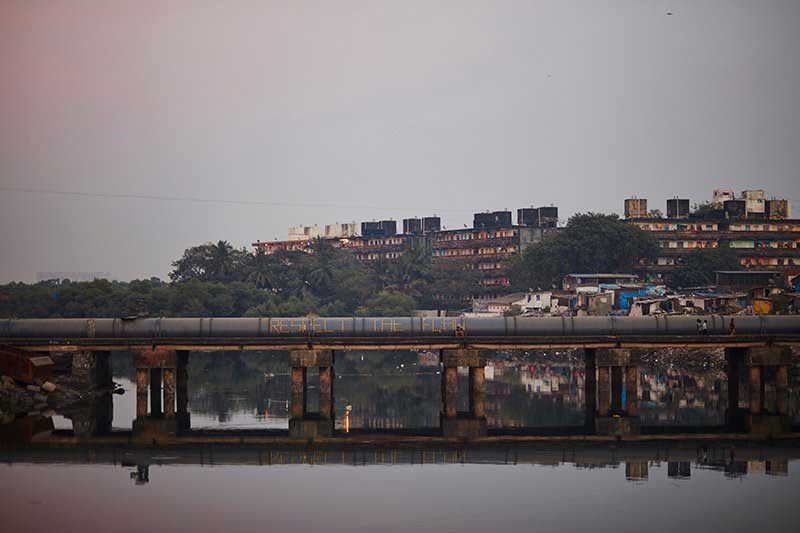
Art Interview
Below are some excerpts from Sonalee Tomar’s wide-ranging conversation with the prolific and stimulatingly contagious Shazeb Shaikh, on the role of ephemera in the life of a curator & the lifelong pursuit of learning.
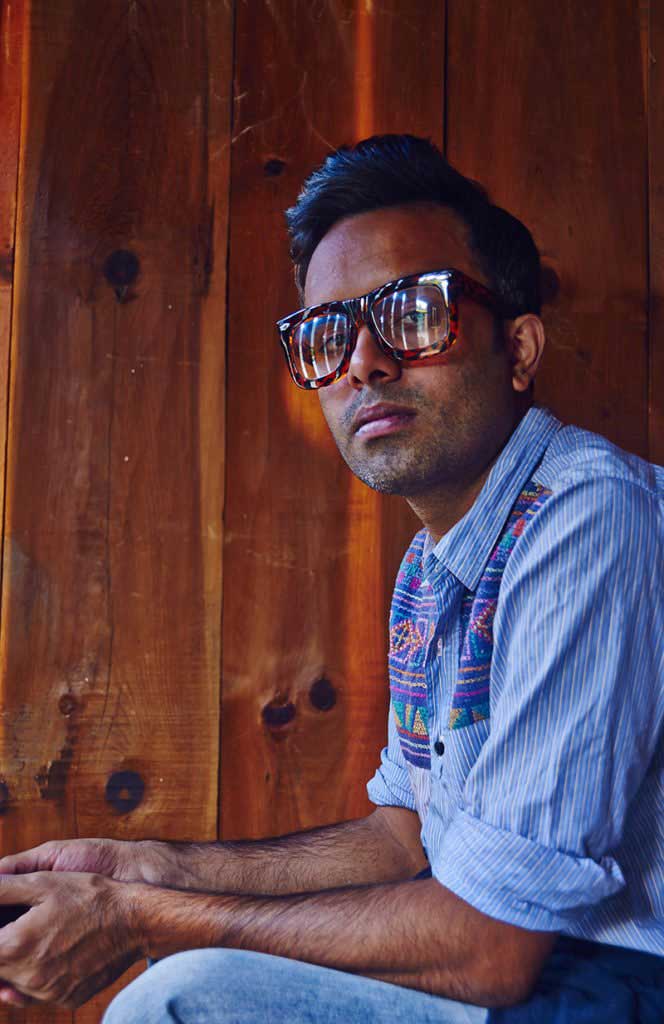
How to be a curator
I envision and create space to stimulate interactions.
Envisioning and spawning experimental spaces that stimulate meaningful and transformational dispositions through exchange, experimentation and celebration
As the artistic director and residency curator for KYTA, An Oasis of Expression at the Top of the World, my role has been to abet artists by exposing their inner makers to the heady compound of overwhelming nature and commune. Here we have sown and seen how artists come alive and create work in an exploratory response to each other, in the particular geographical setting and current moment in time.
The Story Of Foundation
As a partner and director at the The Story Of Foundation, an interdisciplinary platform for the 21st Century inquirer, we enable safe spaces, induce agency and promote participation in society, through non-formal and informal learning experiences. We are learning by creating imaginative spaces to spark curiosity and start unique lifelong learning journeys. Our work also manifests in tangible interactive spaces for creativity to breathe live in front of the viewer and make them a part of it.
My work as a curator, and creator of space is my studio practice. Artists are my medium. They create work to express the peripheral tensions between the realms of the familiar and unknown; between their current experience and what they don’t know about themselves and the world. My work is exactly the same in that which I am seeking to explore and experiment with the unknown by going along with the artists. Uncertainty is my drug.
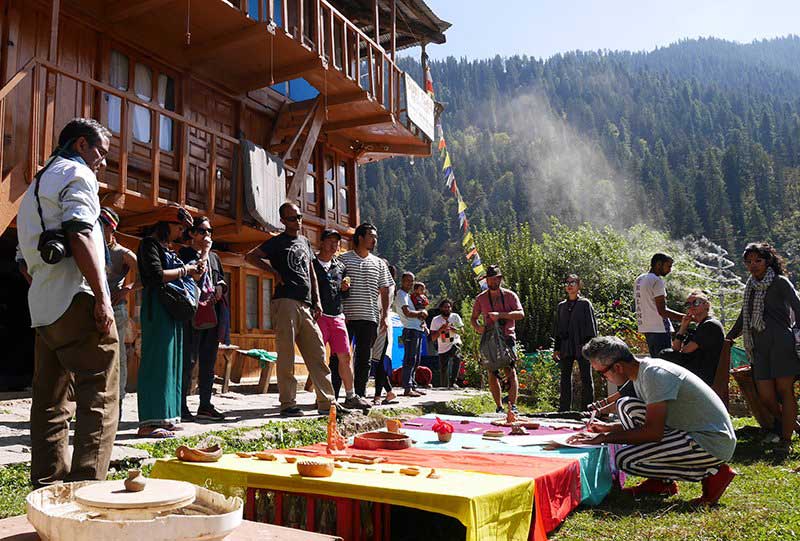
Let’s start at the beginning of your creative journey.
I began where I was: In Mumbai, neck deep in the advertising world – writing brand strategy and advertising copy. I earned a life as a serial seeker devoted to the art of experimentation. As a curator in the world of creativity, my purpose is to offer impetus to the richness and complexity of our fleeting experience. I hope this will be an encouragement for others to experience the world reverberate through those big feeling moments.
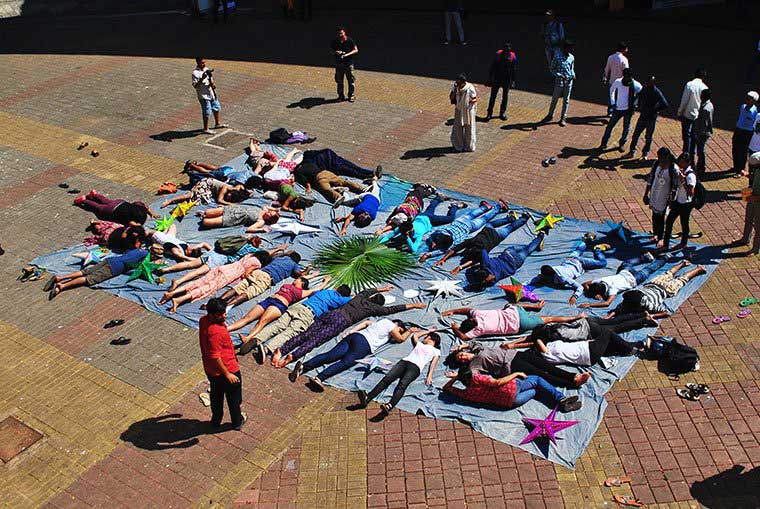
Tell us about your creative process.
Lifelong learning frameworks. The manifestations of all my initiatives and frameworks are continuous in time naturally evolving with learning and experience.
What does a curator do?
Curating experimental practices. The most successful manifestation of my thinking unreasonably big and casting a wide net was taking a festival we started in a 2-bedroom house to the oldest art space in Switzerland with BlackoutBasel (2015) – Erasing the line between the artist and the audience, the gallery and the public space.
Designing cultural ecosystems. Success in doing this means having started a flame that goes on to have a life of its own. An experiment that begins to generate its own unknown results.
Public space projects. It’s a pity that the world of art (or art for markets) maintains itself at the pedestal where a lay-person walking by has no clue over what towers above him/her. But that’s not what art was ever meant for, though it always had its patrons. Like these lay-people or the common man / woman, I too like experiences to be real and alive, inviting, and those that pass as many heads and hands as they suit at that time.
Subculture research & production. As much as I hate cities, I love indulging in the very things that I hate them for – speed and greed. What I also hate about cities today is the disappearance of the underground, and so every year, I maintain a mandate to provoke and titillate urban citizenry. And the triggers come from their own making of subcultures, that we track and test, while flying under the radar of society and politics.

Why get out of bed?
Change is indeed the only constant. As an independent curator and producer, my focus is on experimental practices and processes across human endeavour. Bringing deeply inquisitive people together from diverse cultures and perspectives has blossomed beyond a profession, into a way of life and lifelong learning.
I’m operating in a niche experimental space, in a country with a vibrant traditional culture, but largely deficient institutional support across the board. I saw the need to fill gaps in this society. This led to envisioning and establishing projects from ground zero. And nurturing them into independent institutions with an international outlook, partnerships and associations.
A parallel decade of leadership in brand consulting and advertising to pay the bills and support my artistic practice, has supplemented my experience with expertise in mass perception, while letting me make fearless choices as a curator.
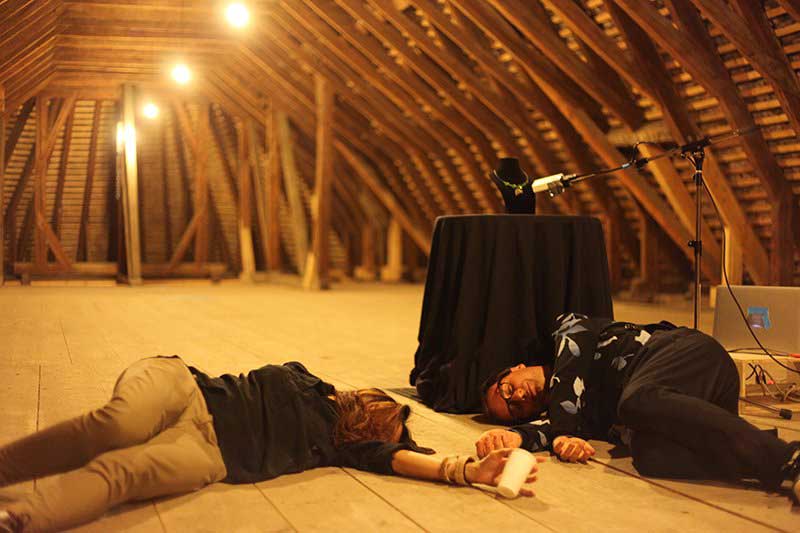
How did living and working in Bombay for so many years affect your work and philosophy when you went to sparse and remote Kalga?
The isolation that Kalga offered the advantage of the perfect setting for an intimate group to set into a community over a short period. It’s breathtaking vistas and it’s lack of a local community gave us the greatest advantage to fit in without guilt. Kalga exudes vitality and the freedom to experiment. It offers itself to artists to take risks. In Kalga they can explore aspects of their work that the studio in their home country can never match.
I knew we were designing a beautiful blueprint. Set in a location to serve as a context and muse, with well-proportioned ratios between humans and spaces. A testament is the omnibus of work we have produced over the past half decade that the residency has been in operation.
How do you balance the dichotomy of creative freedom and fund raising?
Being human means dealing with limitations. My current projects function as laboratories, organically morphing and growing every year. In turn giving me the space and freedom to experiment, to explore approaches that I might not have been able to try if the costs were covered by sponsors; where the pressure to conform is prison-like because of immutable expectations.
I didn’t have much funding to do these projects, but that also became an advantage. If I could raise funding sporadically, I could purchase even more freedom and fluidity. For me, the scale of possibility was never dependent on the scale of available funding.
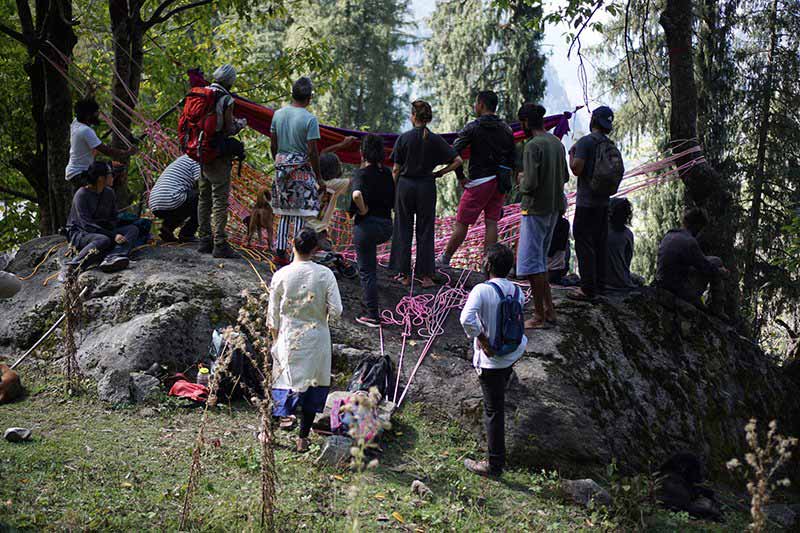
“Impossible is Expensive.“
~ Hojun Song
How does your interaction with an artist evolve from the initial interface with their work, to then working-involvement-relationship?
I’m looking for something in their work that overlaps with my approach to art and learning; that tests my understanding of artistic practice, and poses a question that I want to answer through their work.
I also want to work with an artist who’s interested in my approach to their work, who believes that collaboration enriches their practice. How they might collaborate with others might take forms I have no way of imagining; but that’s the charm we’re chasing.
Success to me means that later in their career paths, the artist and I can look back at our work to be somewhat seminal in our creative development; not only as artists, but as human beings interfacing with the world.

You’ve spent a lot of time amongst artists in flow. What have you observed?
I’m attracted to artists who are committed. The ones who have the faith to keep doing what they’re doing, despite the challenges and the limitations of their situation. Doubting their sanity and the wisdom of their choices, they strengthen my faith in art, offering me assurance. They serve as a vehicle to me as I grapple with the wisdom and fervour of devoting my life to bringing common visions alive amidst all the responsibilities of life.
How are residencies and collaborative practices formative?
Although an artist has complete freedom, he or she also has a responsibility and that requires willingness and curiosity.
“Who am I in relationship to this space? – to the world outside the village, to Nature, Geography, and my fellow thinkers?”
Most art residencies still offer what they were initially made for; personal time and space, without distraction, with inspiration to blow some lids off. My bit here was to simply attempt to multiply these individual possibilities by a group of possibilities. We have seen exponential value for everyone involved – the artists, the place with a project that belongs to them. The onus is on them. When the conditions are right and group dynamics fluctuate close to the point of equilibrium then magic inevitably happens. Anything that is magical in reality, is usually formative.
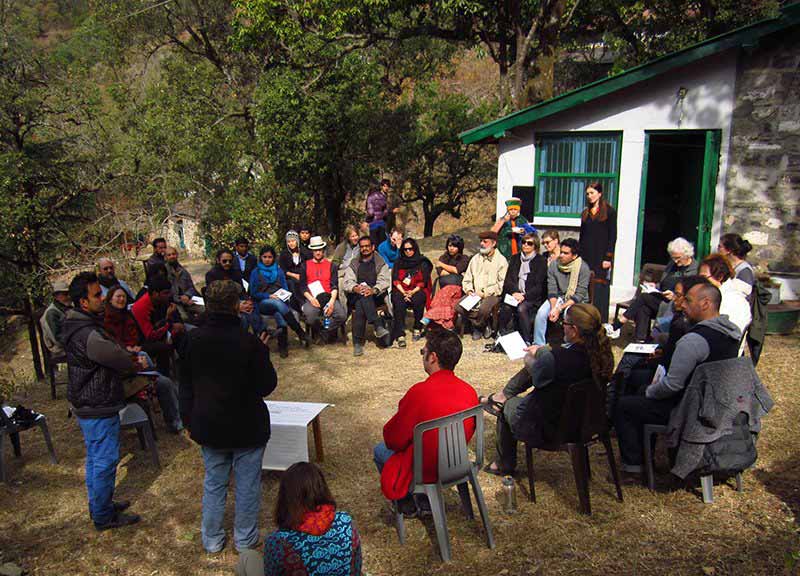
“My beginnings as a curator with a focus on cutting-edge experimental practices. The connections made here have lifelong value for me both as a curator and a human being”
Carnival of eCreativity.
So what does all this mean for an artist who is starting out?
There is a world, and then there is a world of art. The world itself is a work of art, that is far greater than the sum of all our experiences. The world and the world of art are very different, and strikingly so. Don’t know why. Because art is a mirror that shows you what you didn’t see or didn’t want to see; in yourself or in the world. So all you need to figure out is whether you want to make a life out of art; or art out of your life. The two are very different, and strikingly so.
What does the future hold?
My projects have evolved as original frameworks of interdisciplinary research, production and experience. With a wide-spectrum of curiosities across arts, science, philosophy, culture, technology and their various intersections now and into the future.
Documentation, archiving and reporting is a critical element in my approach. As is adding value to a growing and intertwining global network of people, partners, practices, processes and projects. Working across an evolving canvas of disciplines and media, in an age of rapid technological development has led me to discover an underlying synergy and strategy that attempts to simplify and unify multiple complex codes of creativity to produce unique interdisciplinary projects and relationships.
The plans for the future involve growing and optimising a network of over 5000 experimental practitioners. I’m interested in evolving my existing projects. In parallel, I’m keen to develop innovations in contemporary learning, sports and politics; building new interdisciplinary ecosystems needed to thrive in the early 21st Century.
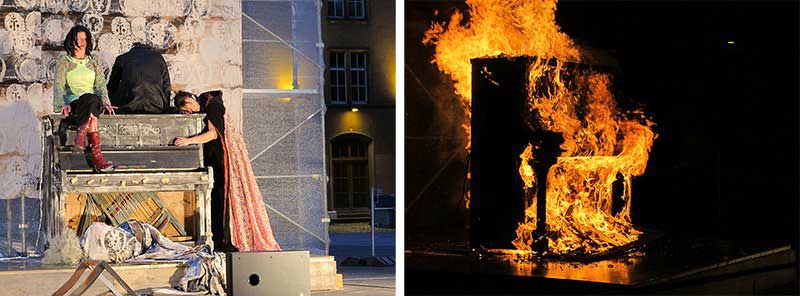
True art can be noticed and felt by the world only when someone out there loses the fear of scale. It has a natural tendency to homogenise or polarise diverse people.
Shazeb has amassed this cohesion through a massive network of experimental artists the world over. And he’s only beginning to scale his learnings, practice and projects developed over a decade. His journey is proof that once the vision and processes are internalised, the roadmap can be made available for anyone feeling adventurous.
Share your thoughts, ideas and projects with Shazeb for The Story of Mind 2019-21 – shazeb@thestoryof.org
Before you go – you might like to browse the Asian Curator curatorial archives . Contemporary art curators and international gallerists define their curatorial policies and share stories and insights about the inner runnings of the contemporary art world.








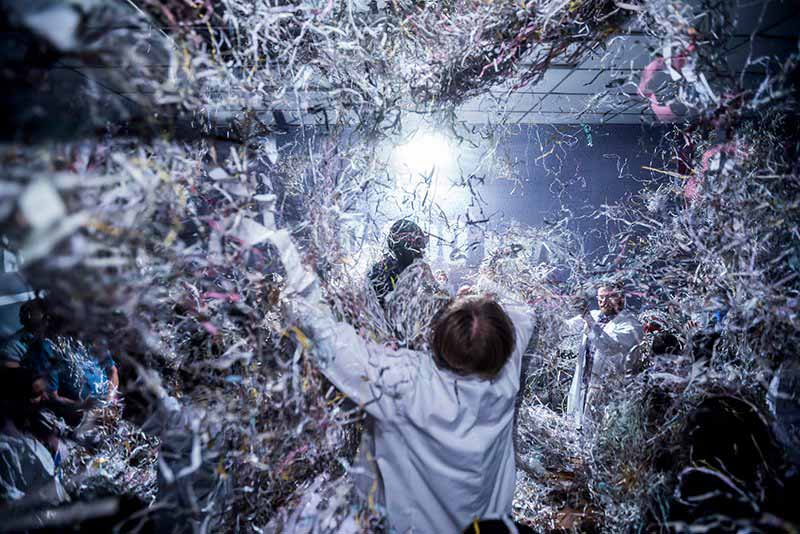


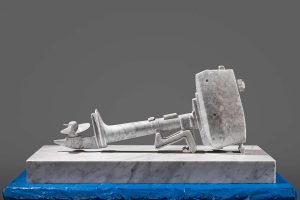
Add Comment